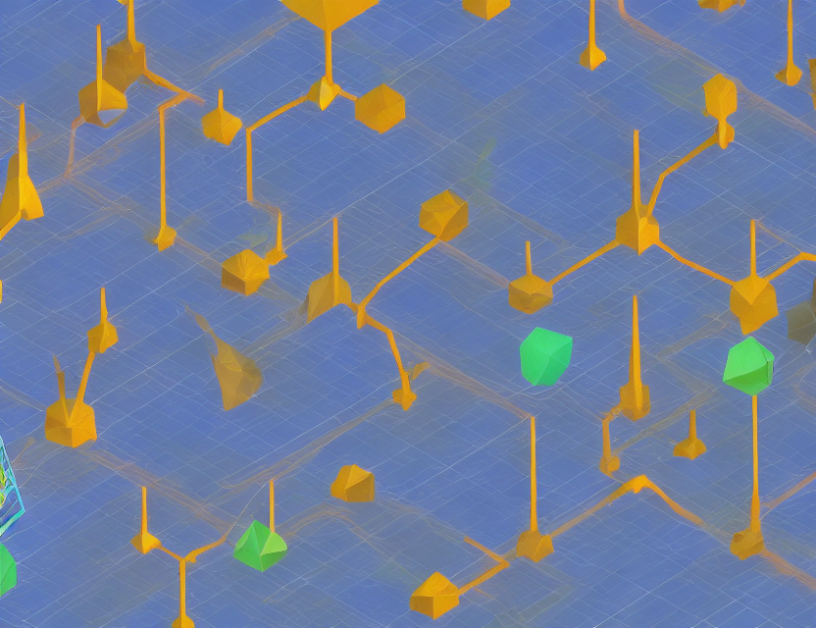Upgrading smart contracts on blockchain platforms is crucial for addressing vulnerabilities, enhancing functionality, and adapting to changing circumstances. However, traditional smart contracts are immutable once deployed, making it challenging to update them without manual intervention. To address this limitation, the Proxy Pattern proposes a solution that enables upgradability by using a Proxy contract to point to the latest version of a Logic Contract.
The problem lies in the fact that smart contracts on blockchain platforms are traditionally immutable once deployed. This means that if a vulnerability or security issue is identified after deployment, it can be difficult and time-consuming to address without manual intervention. The Proxy Pattern offers an alternative by introducing a Proxy contract that can update the Logic Contract as needed, ensuring upgradability without compromising the immutability of the blockchain.
The proposed solution is based on the Alexandrian form format, which provides a structured approach to problem-solving. By following this framework, developers can create more maintainable and adaptable smart contracts that can evolve over time. The Proxy Pattern also leverages the concept of "forces" to understand the trade-offs between immutability and upgradability. By balancing these forces, developers can create smart contracts that are both secure and adaptable.
In summary, the Proxy Pattern offers a solution to upgrade smart contracts on blockchain platforms without compromising their immutability. By introducing a Proxy contract that points to the latest version of a Logic Contract, developers can ensure that their smart contracts remain secure and functional over time. This proposal has far-reaching implications for the development of smart contracts and the evolution of blockchain technology as a whole.
Computer Science, Software Engineering
Gas Cost Analysis of Proxy and Diamond Patterns in Ethereum Smart Contracts



